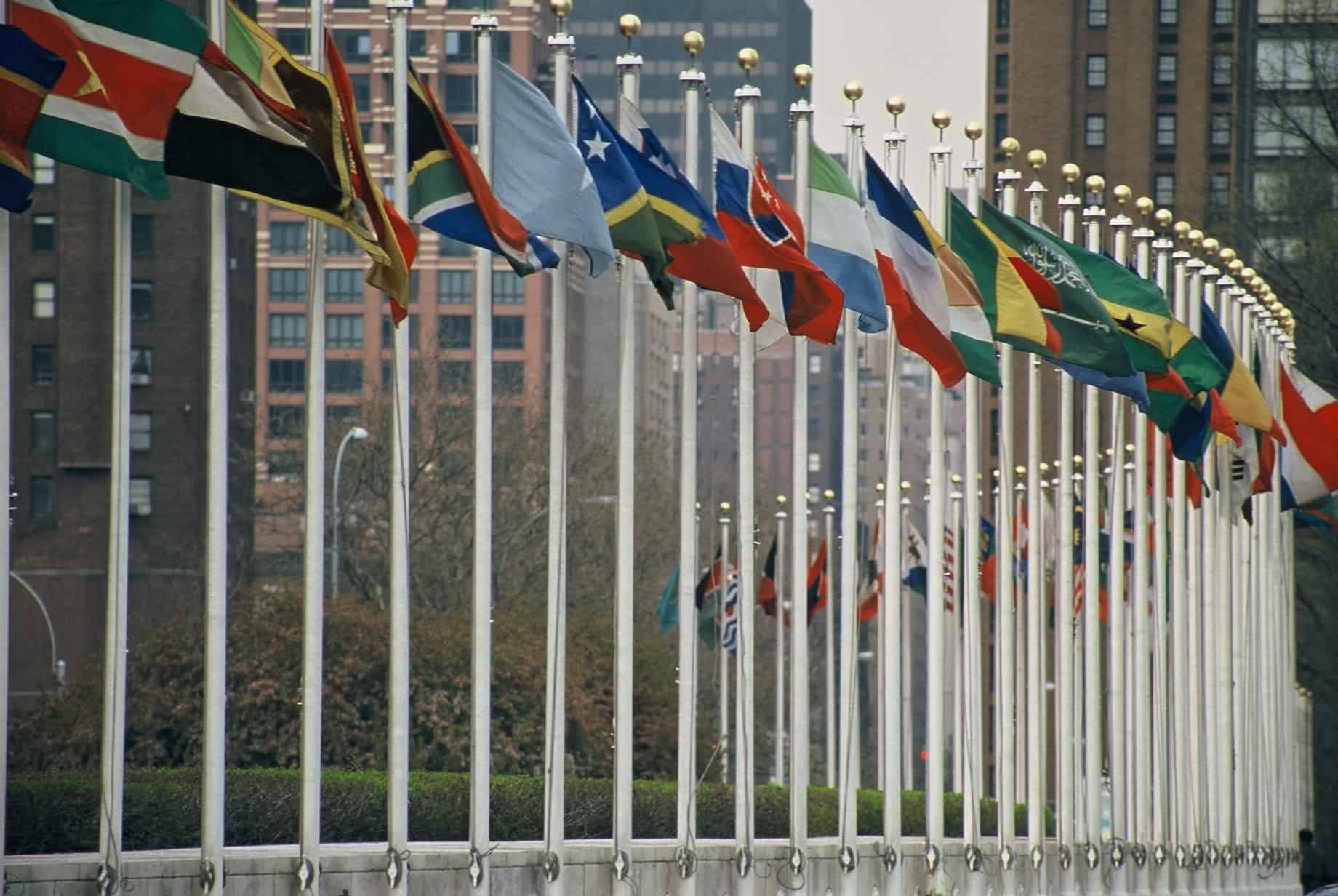September 25, 2016

A weekly roundup of news on drug resistance and other topics in global health.
World leaders met for the United Nations General Assembly and the UN High-Level Meeting on Antimicrobial Resistance on September 21, to ratify a political declaration that calls for a global, multisectoral effort to address antimicrobial resistance. Secretary-General Ban Ki-moon called antimicrobial resistance “a fundamental, long-term threat to human health, sustainable food production and development….These trends are undermining hard-won achievements under the Millennium Development Goals, including against HIV/AIDS, TB, malaria and the survival of mothers and children. If we fail to address this problem quickly and comprehensively, antimicrobial resistance will make providing high quality universal health coverage more difficult, if not impossible.” H.E. Peter Thomson, President of the 71st session of the UN General Assembly, added, “Member States have today agreed upon a strong political declaration that provides a good basis for the international community to move forward. No one country, sector or organization can address this issue alone.” [WHO, Political Declaration]
Nine founding organizations launch CARA, the Conscience of Antimicrobial Resistance Accountability, in support of the United Nations Resolution on Antimicrobial Resistance. CARA members will work to hold the United Nations and other international bodies, national governments, the private sector, and civil society to the commitments they have made to ensure sustainable access to effective antimicrobials. The goals of the alliance include improving the surveillance of antibiotic use and resistance; preserving the effectiveness of antibiotics through conservation; ensuring universal access to antibiotics, particularly in lower-income countries, where access is currently inadequate; supporting innovation to encourage the development of new antimicrobials, compounds to boost their effectiveness, diagnostics to better diagnose infections, and vaccines to prevent infections from occurring; and accountability to hold the relevant agencies to their goals. [CARA]
Experts call for Global Antimicrobial Conservation Fund. CDDEP Director Ramanan Laxminarayan and other experts in antimicrobial resistance make the case for a Global Antimicrobial Conservation Fund, in an International Journal of Infectious Diseases editorial. The developing world is where 90 percent of the estimated 10 million deaths related to antimicrobial resistance per year will occur by 2050. These are also the countries most in need of improved access to antimicrobials and the least able to finance conservation efforts because of limited resources and weak health systems. Without external financial aid, many LMICs are unlikely to put in place public health interventions on par with high-income countries to control antimicrobial resistance. The fund would support antimicrobial stewardship programs in low- and middle-income countries, which include the BRICS nations (Brazil, Russia, India, China and South Africa), currently driving consumption in both animal and human sectors. [International Journal of Infectious Diseases]
Biopharmaceutical companies release Roadmap for Progress on Combating Antimicrobial Resistance, with commitments that pharmaceutical companies pledge to deliver by 2020. The Roadmap, signed on by 13 leading biopharmaceutical companies, includes four key commitments, corresponding to principles in the Davos Declaration released earlier this year: 1) reduce the environmental impact from the production of antibiotics, 2) ensure antibiotics are used only by patients who need them, 3) improve access to effective antibiotics and vaccines globally, and 4) explore new opportunities for collaborations between industry and the public sector. The Roadmap also supports a comprehensive multisectoral approach to address antimicrobial resistance as defined by the World Health Organization Global Action Plan, the AMR Review, and the recent United Nations Resolution on Antimicrobial Resistance. [Press Release]
World Bank releases report on the economic aspects of antimicrobial resistance. The report, Drug Resistant Infections: A Threat to Our Economic Future, predicts that antimicrobial resistance could lead to a 5 percent loss in GDP and push up to 28 million people into poverty by 2050 in low-income countries . The report predicts impact of resistance on GDP, global poverty, world trade, healthcare costs, and livestock outputs. President of the World Bank Group Jim Yong Kim said, “The scale and nature of this economic threat could wipe out hard-fought development gains and take us away from our goals of ending extreme poverty and boosting shared prosperity. The cost of inaction is unaffordable—especially for the poorest countries. We must urgently change course to avert this potential crisis.” CDDEP researchers contributed an analysis of antimicrobial resistance surveillance to the report. [CIDRAP, World Bank]
A new resistance mechanism has been identified in Campylobacter. The mechanism is a variant of CmeABC, an efflux pump that confers resistance in Campylobacter by expelling antibiotics from the cell. RE-CmeABC is a “super” efflux pump, which confers high levels of resistance to fluoroquinolones. Unlike other resistance mechanisms that affect susceptibility to a particular antimicrobial or class, an enhanced efflux pump could confer resistance to multiple classes of antibiotics. [CIDRAP, mBio]
Photo via Aotearoa (CC BY-SA 3.0)











